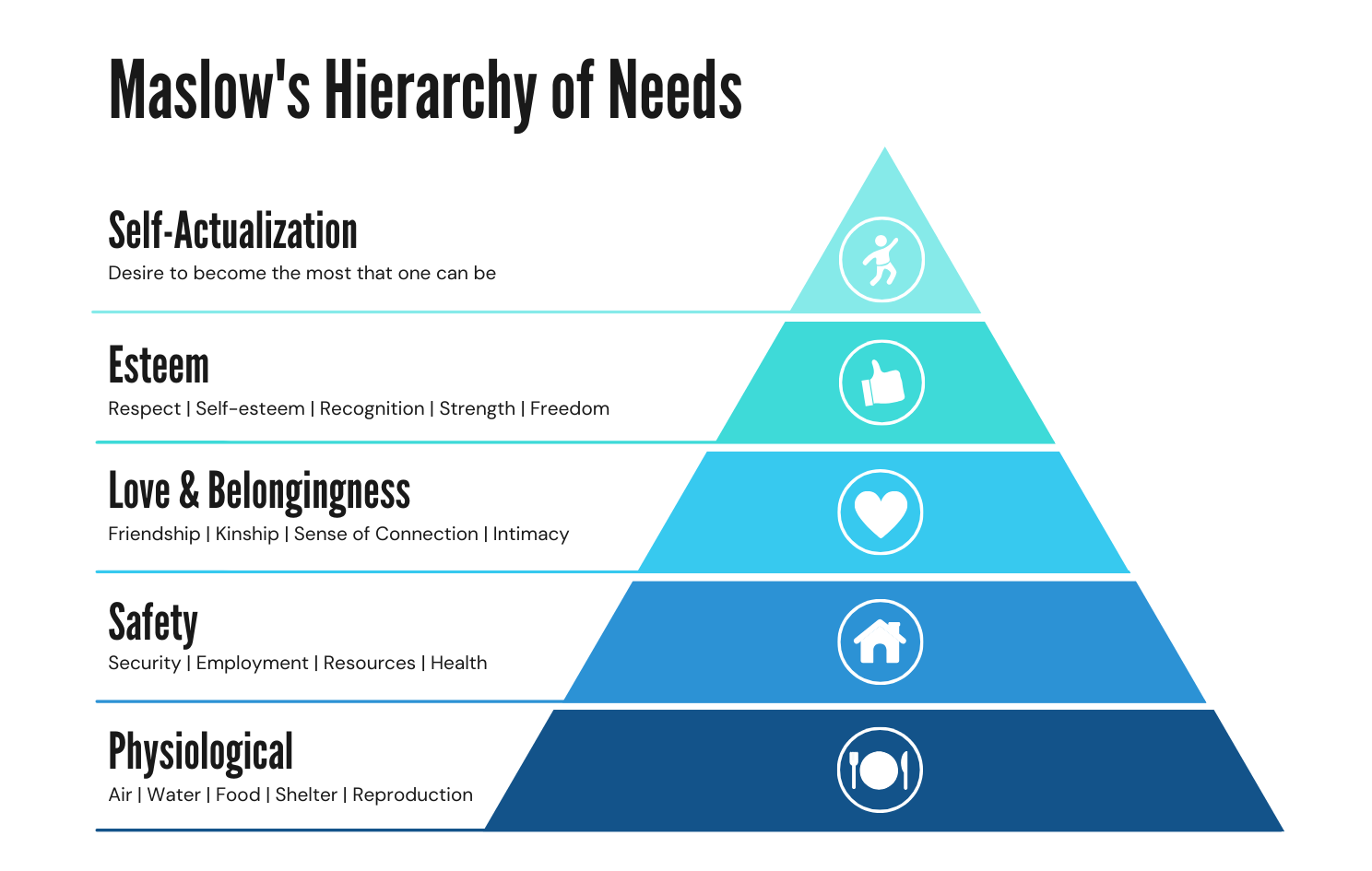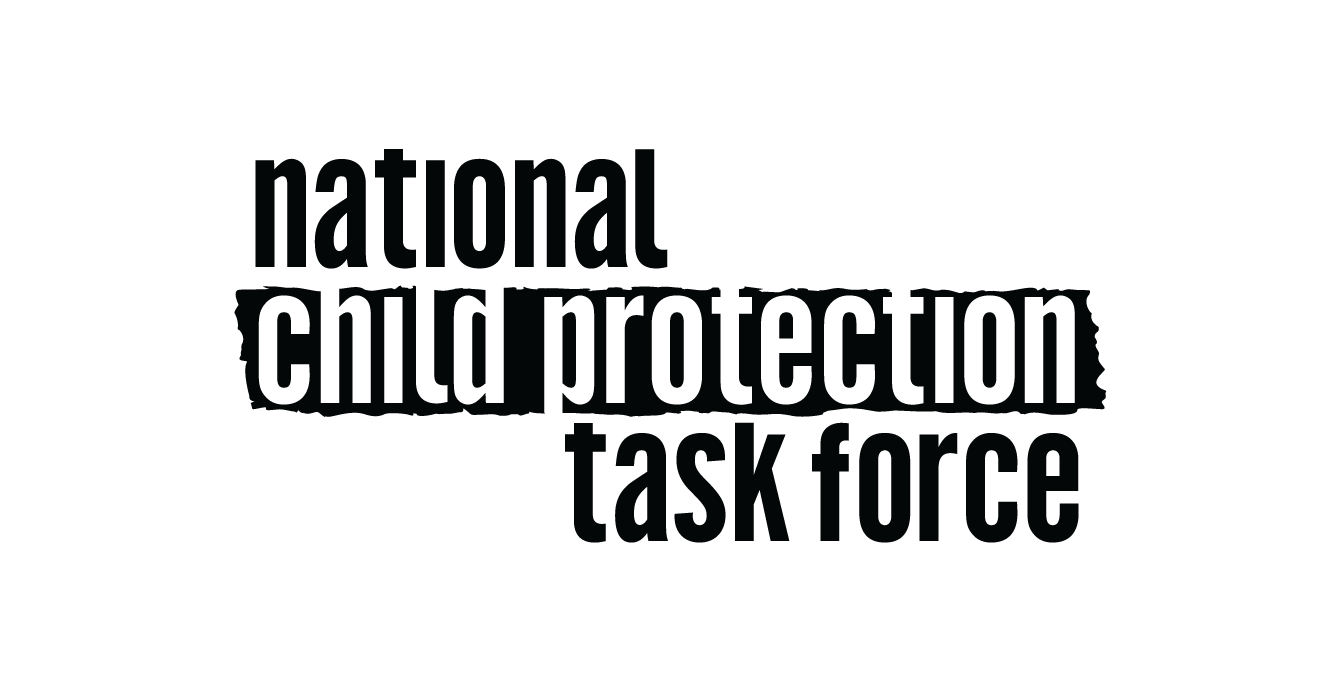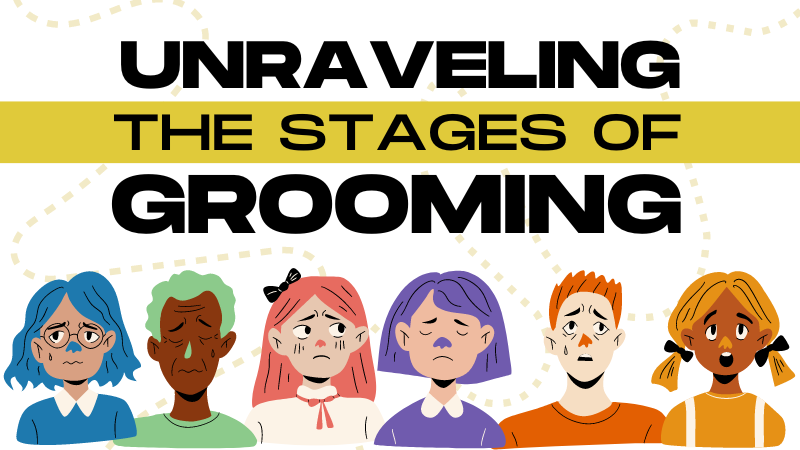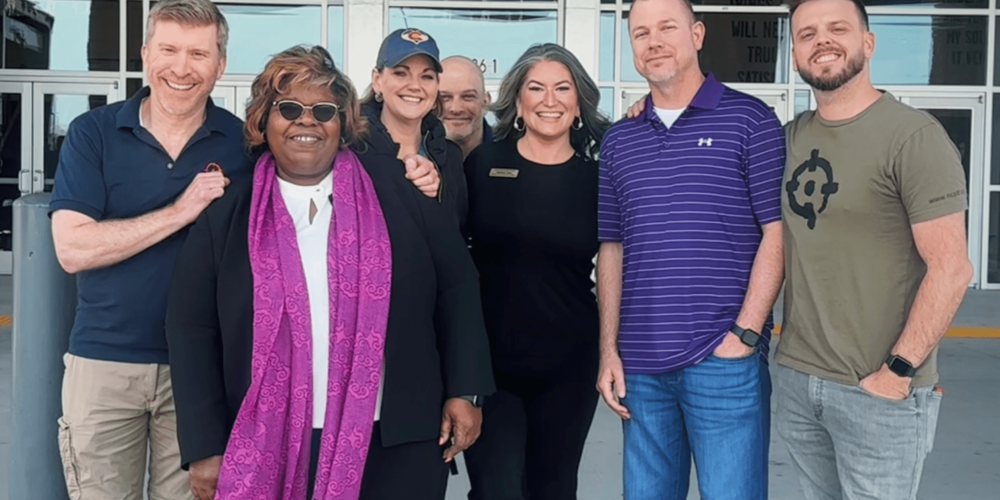Child exploitation and trafficking happens all over, in every community – even your own. And children are especially vulnerable. In order to protect the children within your community, you have to understand the way exploitation and trafficking really happens. Although the abductions that we typically think about do happen on rare occasions (think the white van myth), they are not the most common way of being exploited or trafficked. People who seek to exploit children capture their victims with a grooming process.
What are the stages of grooming?
Stage 1: Targeting
A predator meets the victim– this can be online or in person. In person, the predator may be close to the child this person (family member, neighbor, etc.) Exploitation commonly begins online. Predators meet children on online games, social media, homework sites – anywhere they know children will be. They commonly identify vulnerabilities such as loneliness, adverse childhood experiences, a history of trauma, housing instability/homelessness, or lack of supportive adult figures.
Signs: Mentioning a new online friend, wanting to connect with new people they don't know in real life, etc.
Stage 2: Gaining trust
The predator works to gain trust of both the victim and the community around the victim such as parents, teachers, and other supportive adults. Online, they spend time with the child and work to develop a bond with them. They play games together or casually chat. This can go on for weeks/months.
Signs: Spending more time with new people, spending more time on devices, talking about new people more frequently, etc.
Stage 3: Filling a need
The predator fills a need to make the victim dependent on them. A predator will gladly meet any need if the child is vulnerable. Major events can leave children vulnerable to predators including abuse, a big move, parental divorce, feeling insecure, mental illness, etc.

Signs: New gifts, bragging about having new things or money, new living situations, etc.
How traffickers groom children:
- Homeless youth are most vulnerable for trafficking as a means to survive.
- Next are youth in the foster care. They seek long lasting relationships and bonds.
- LGBTQ are at risk because they seek friends and acceptance.
- But ANY child can become a victim of human trafficking.
Stage 4: Isolation
The predator will begin to withdraw the victim from their support systems. They will demand more of the victim's time and isolate them from friends and family. If there is trouble within the parent/child relationship, they will exploit that. “Your parents don’t understand you... I do.”
Signs: Depression/mental illness, always having to be somewhere, excessive time on devices, behavioral changes, lashing out at friends/family, etc.
Stage 5: Desensitization/abuse
The predator may introduce drugs, alcohol, pornography, or abuse at this point. They set up the culture they expect for the victim. They may demand favors in return for the gifts given to them. The victim can become involved in illegal activities such as shoplifting or underage drinking. They may take sexual videos/images. Predators leverage manipulation in this stage.
During this period of time the predator shows their true nature, which is often a shockingly different person than the child thought they knew. Unfortunately, due to the psychological trauma of this process, it is often difficult for victims to verbalize this.
Signs: Drug abuse, alcohol use, lack of sleep, bruises, inappropriate conduct, secretive behavior, etc.
Stage 6: Maintain control
The predator maintains control by threats, violence, and other psychological manipulation.
If the victim's need is strong enough, such as food or shelter, the predator only has to threaten taking that away.
If the victim got involved with illegal activities, they will threaten to tell their parents/authorities.
They can blackmail victims with video/images of them (also known as sextortion).
Signs: Major changes in demeanor, mental illness, fearfulness, rage towards others, severe withdrawal, fear of law enforcement, etc.

It could take months or years from the time a predator identifies a victim to when they are physically or sexually abused or trafficked, and not every instance of child exploitation looks the same.
Additionally, not all signs mean a child is being exploited, and not all victims may display these signs.
It is essential for safe adults to understand the signs of child exploitation, trafficking, and abuse so that when we see them happening in our communities we can intervene.








